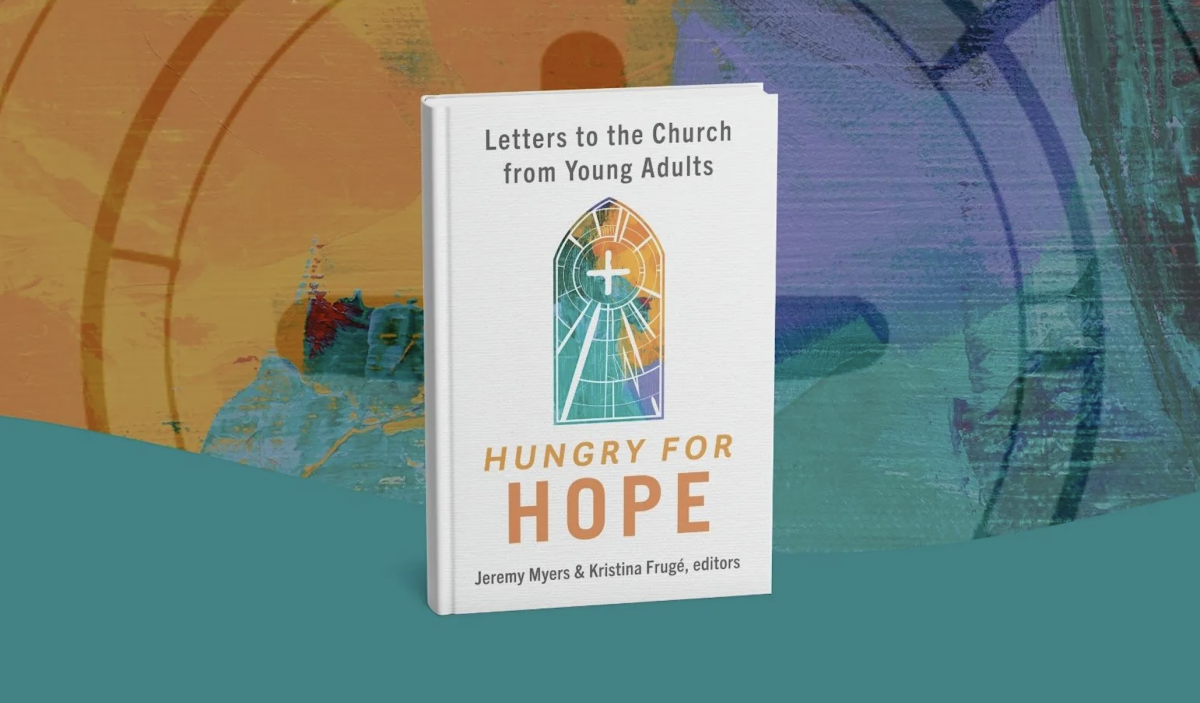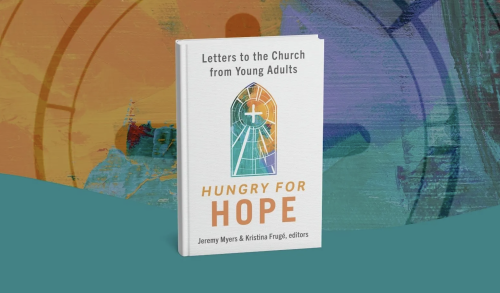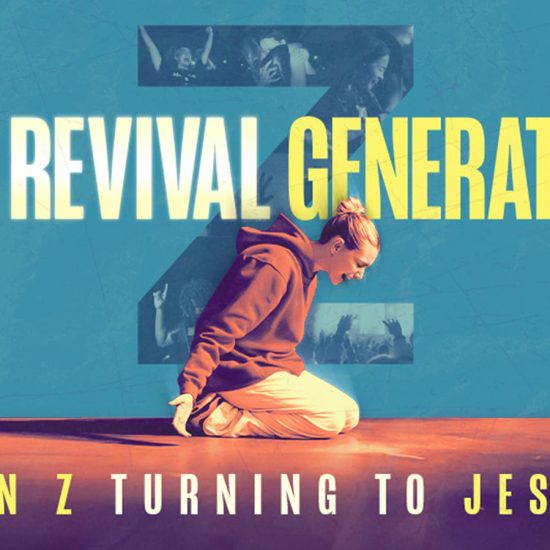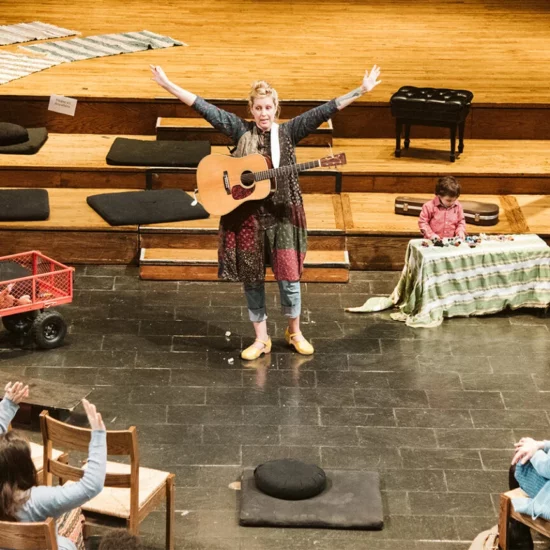
HUNGRY FOR HOPE: Letters to the Church from Young Adults. Edited by Jeremy Paul Myers & Kristina Frugé. Grand Rapids, MI: Wm. B. Eerdmans Publishing Company, 2025. Xiii + 295 pages.
As a pastor who served congregations largely composed of members sixty and above, I have heard many congregants ask why young adults no longer come to the church (especially young families). I don’t have good answers to such questions that will suddenly turn things around, but there are numerous reasons why youth and young adults are absenting themselves from churches. Even though younger adults tend to be more liberal than older adults, it appears that more progressive churches often struggle to attract younger adults. Nevertheless, these churches might offer a home if young and old can engage with each other in such a way that the concerns of younger adults are considered.

Robert D. Cornwall
In Hungry for Hope: Letters to the Church from Young Adults, which is edited by Jeremy Paul Myers, the Bernhard M. Christiansen Professor of Religion and Vocation at Augsburg University and executive director of the Christiansen Center for Vocation, and Kristina Frugé, director of Congregational and Community Initiatives with Augsburg University’s Riverside Innovation Hub, readers are provided eleven “letters” that raise some of the questions younger adults are asking of the church. As Jeremy Myers writes in the preface, this “is a book of wisdom from young adults about issues that are incredibly important to them. It is a book in which young adults call the church to look these issues square in the eye, even if we find them haunting and daunting, until we are able to see the hope” (p. xi). Hungry for Hope is the product of conversations initiated by the editors through the Riverside Innovation Hub that brought together a group of fifty people at Augsburg University, half of whom are essentially forty and over, while the other half are under forty (primarily late twenties and early thirties). Out of this conversation emerged eleven themes, which became the foundation of this book.
The book’s eleven chapters address these themes, each of which is co-written by a team of two people, one of whom is a young adult and the other a “thought leader.” The chapters are the product of ongoing conversations between the authors. Several of the young adult contributors are clergy. The authors represent a diversity of identities, including gender, ethnicity, sexual orientation, and more. The anticipated audience for Hungry for Hope is participants in Christian Churches who have a love for young adults. However, as Amanda Vetsch (a young adult participant) and Kristina Frugé (co-editor) point out in their introduction, this is not a book about young adults, nor is it a book about how to attract young adults to our churches. Rather, it is intended to serve as a book of wisdom for the church in conversation with young adults as it navigates the world in which we live.
The eleven themes/chapters include a focus on Courageous Curiosity (Amber Kalina and Reesheda N. Graham Washington). By that, they speak of both the need for openness, while recognizing that it can bring with it uncertainty. Therefore, being open to the future will require courage. That involves getting over the fear that the church can’t do what is required by curiosity. With courageous curiosity as a necessary foundation, the next chapter, authored by Baird Linke and the Rev. Kristen Glass Perez, speaks about the problem of “Tokenism of Young Adults.” How often do churches include young adults in conversations but fail to listen to the wisdom they might bring to the table? Therefore, to get beyond tokenism, authentic relationships need to be built.
The first two chapters/themes speak to foundational concerns. As we move to the third theme, we begin to encounter some of the important issues that concern young adults. The first of these concerns is discussed under the title “Deconstruction and Re-Creation.” Written by J.D. Mechelke and the Rev. Talitha Amadea Aho, this chapter focuses on young adult concerns about an impending climate apocalypse. This is an increasingly important conversation as we witness a backlash against climate science. So, are we listening? The fourth chapter is titled “Lament Embodied in Community.” This chapter deals with the healing of grief that takes place within the community. The authors of this chapter, Shaya Aguilar and Rev. Dr. Soong-Chan Rah, note that lament is something the church often struggles with, but finding communities that allow for sharing grief is something young adults are seeking. The fifth chapter/theme is titled “Health and Wholeness: Trauma, Anxiety, and Our Call to Mental Health.” This chapter, which was authored by Sarah Brock Iverson and Jia Johnson, deals with questions relating to mental health, including anxiety and trauma. They write that “Our call to mental health is to be healed and made well. Wellness is holistic healing — spiritual, physical, social, and economic” (p. 117).
The sixth chapter/theme is titled “Why are You So Angry?” Authored by the Rev. Drew Stever & Rev. Dr. Eric Law. This chapter isn’t really about anger, but rather about power and why historically powerless communities might be angry, and why this creates fear among historically powerful individuals. Again, we see this playing out in the backlash against “DEI.” Chapter 7 is titled “Liberating the Sanctuary.” This chapter, authored by Abby Grifno & Dr. Jimmy Hoke, seeks to move the conversations in the church beyond marginalization, intersectionality, and inclusion, all of which are important, to reach liberation. The call here is to remove harmful structures that exclude the marginalized from both the church and the larger society. One of the big issues in Christian circles has to do with sex, whether same-sex relationships, premarital sex, or more. While this is an “issue,” the church rarely engages in fruitful conversations. But it is an area of concern that gets attention in chapter eight, which is titled “Sex Is a Gift.” Authored by Rev. Madeline Burbank & Kara Haug, the latter of whom is a sexuality health educator who advocates for sex education, this chapter calls for a rejection of shame by the church in favor of curiosity.
With Chapter Nine, we move to discussions of some of the needs felt by younger adults when it comes to the Church. This chapter is titled “Gather at the Table: A Call for Communities Marked by Love and Belonging,” which is authored by Amar Peterman and Nicholas Tangen. While this chapter has a eucharistic element, the focus is on the creation of a community centered in Jesus that includes liturgy but also includes faith formation, which many younger adults seek. Then, in Chapter Ten, which is titled “Beyond the Walls: The Church’s Call to be in the World,” Kayla Zopfi and Dr. Jeremy Paul Myers discuss the fact that too often, the church becomes focused on its own context, while many young adults have a vision that extends beyond the walls. These young adults wish to share that vision for the world beyond the walls of the church with the church. What this means is that they want to stress the importance of the public church. Finally, we come to the eleventh and final theme. This chapter deals with the desire of younger adults to see the church move from a sense of scarcity to one of abundance. The chapter titled “Reclaiming ‘Enough’: Away from Scarcity Toward True Abundance” is authored by Catalina Morales Bahena and Dr. Cherice Bock. The focus here is on the perceived challenge of settler colonialism, a concept that might be new to many, but which is increasingly under discussion. Thus, with this in mind, the authors discuss how settler colonialism led from abundance to scarcity. As for what is needed in response is a reversal, such that we move back to a vision of abundance by recognizing what is enough.
As the editors inform us at the beginning of Hungry for Hope, this is not a book that will tell churches how to attract young adults or build young adult ministries. There are other books designed to do that. Rather, the book invites the church to truly listen to young adult voices, such that young adult voices are no longer simply token voices. If the young adult voices presented in the book are representative of their generation, and I believe they are, we will hear the disconnect that exists between what they value and the voices that represent the current backlash against what is called “Woke.” This includes Diversity, Equity, and Inclusion initiatives, the current political backlash against gains made by LGBTQ persons (especially Transgender persons who have been made the center of political attacks on their persons), along with the efforts to end efforts aimed at curbing climate change. While it is true that many young adults embrace voices that run counter to the ones represented in Hungry for Hope, there are many others, probably a majority of younger adults, who would affirm the message of this book. Therefore, the messages shared in the book, many of which are quite personal, should resonate with those willing to listen. This will require courageous curiosity on the part of older members of our churches, so that they might listen to younger voices, not as tokens but as full participants. While this isn’t a book designed to help churches reach young adults, listening to these voices won’t hurt those efforts.
This review originally appeared on BobCornwall.com.
Robert D. Cornwall is an ordained minister in the Christian Church (Disciples of Christ). Now retired from his ministry at Central Woodward Christian Church (Disciples of Christ) of Troy, Michigan, he serves as Minister-at-Large in Troy. He holds a Ph.D. in Historical Theology from Fuller Theological Seminary and is the author of numerous books, including “Eating With Jesus: Reflections on Divine Encounters at the Open Eucharistic Table” and “Second Thoughts About Hell: Understanding What We Believe” coauthored with Ronald J. Allen. His blog Ponderings on a Faith Journey can be found here.







